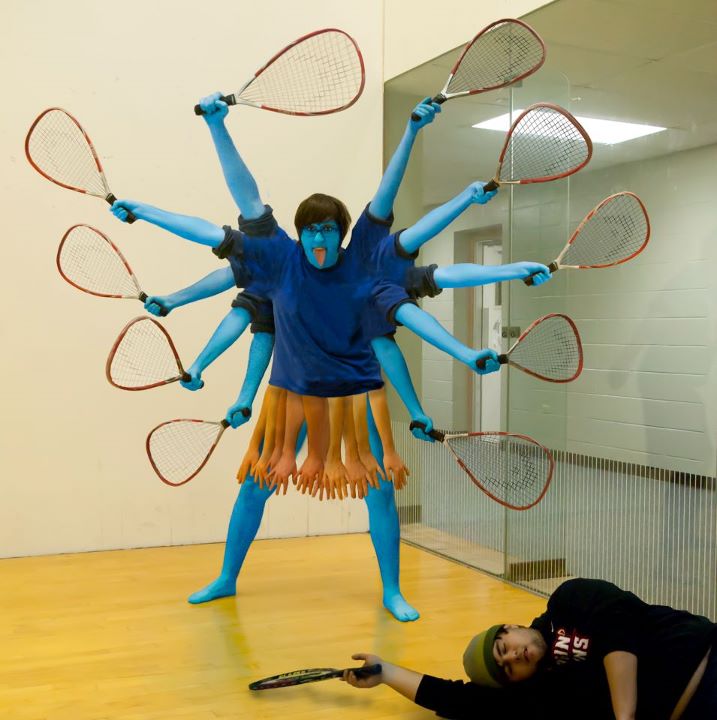
This is something that’s been on my mind for a while and, while many may not care, it’s something that’s near and dear to me. Back in the 80s and most of the 90s, you’d play an action game that was about 5 stages in length, but chock full of retro goodness complete with an overbearing difficulty that made it easy to pick up and hard to master. There were bad or no checkpoints, tough bosses, and game overs a plenty.
Back then if a game was too easy then it was obviously “for kids.” And while there’s nothing inherently wrong about an easy game, most gamers didn’t really play them much. Plus, unless they were long games, they didn’t offer much to sate our appetites. Nowadays you have games that will offer a decent experience overall, but barely any bosses (or no bosses), no real penalty for getting in trouble, auto-recover…I mean, the list goes on.
What happened? Is this how all future gaming is going to be? Honestly, I have some suspicions, so I’m going to throw them out, but also discuss why it might not be as casual as we once thought.
Must Have Multiplayer
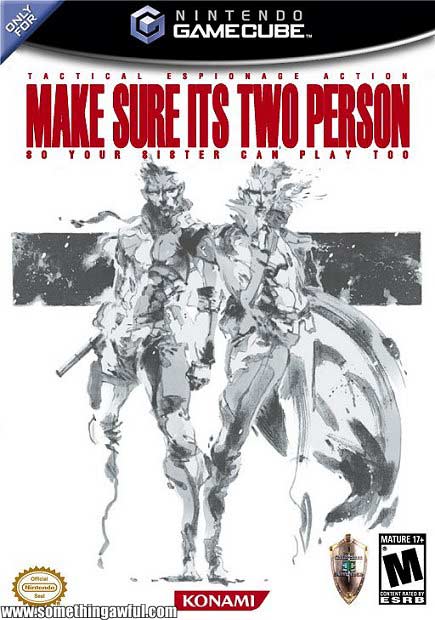
I’m not a big fan of multiplayer. That’s not to say there aren’t games I like playing with other people, it’s just that usually that’s not going to be the selling point of a game for me. In fact, I initially didn’t think I was even going to like Team Fortress 2. The only reason I tried it was because it was part of The Orange Box for the 360. Games like Duke Nukem 3D and even Call of Duty have gotten it right by having a fun, solid single player campaign and a pretty damn fun multiplayer mode, too.
However, more and more we’re seeing games that are bending to the idea of multiplayer that don’t need to have it, don’t do it well, was used as an afterthought, or used as a beforethought. I’ll explain that last one. When a game has multiplayer, but only as an afterthought, nobody’s really going to play it for its multiplayer because it’s not done well, was tacked on at the last moment, and probably didn’t need it in the first place.
When it’s tacked on as a beforethought…that’s the worst. That’s when the developers and everyone else try to show you all kinds of previews and everything for this INCREDIBLE game…then it turns out they focused all their efforts in a multiplayer campaign that really isn’t THAT great and an optional single player campaign that isn’t much better. This doesn’t happen often, but when it does it makes me wonder just what the hell they were thinking.
This has become more and more common with the rise of social gaming and free to play, where the developers are hoping you’ll want to do more and more to “play with your friends.” The sad fact is I used to love the days of inviting buds over for Goldeneye or Mario Kart, but this is getting ridiculous. Honestly, it’s going to come down to involving nearly every game on the market online somehow and that may be the day I stop buying new games.
Widening The Demographic
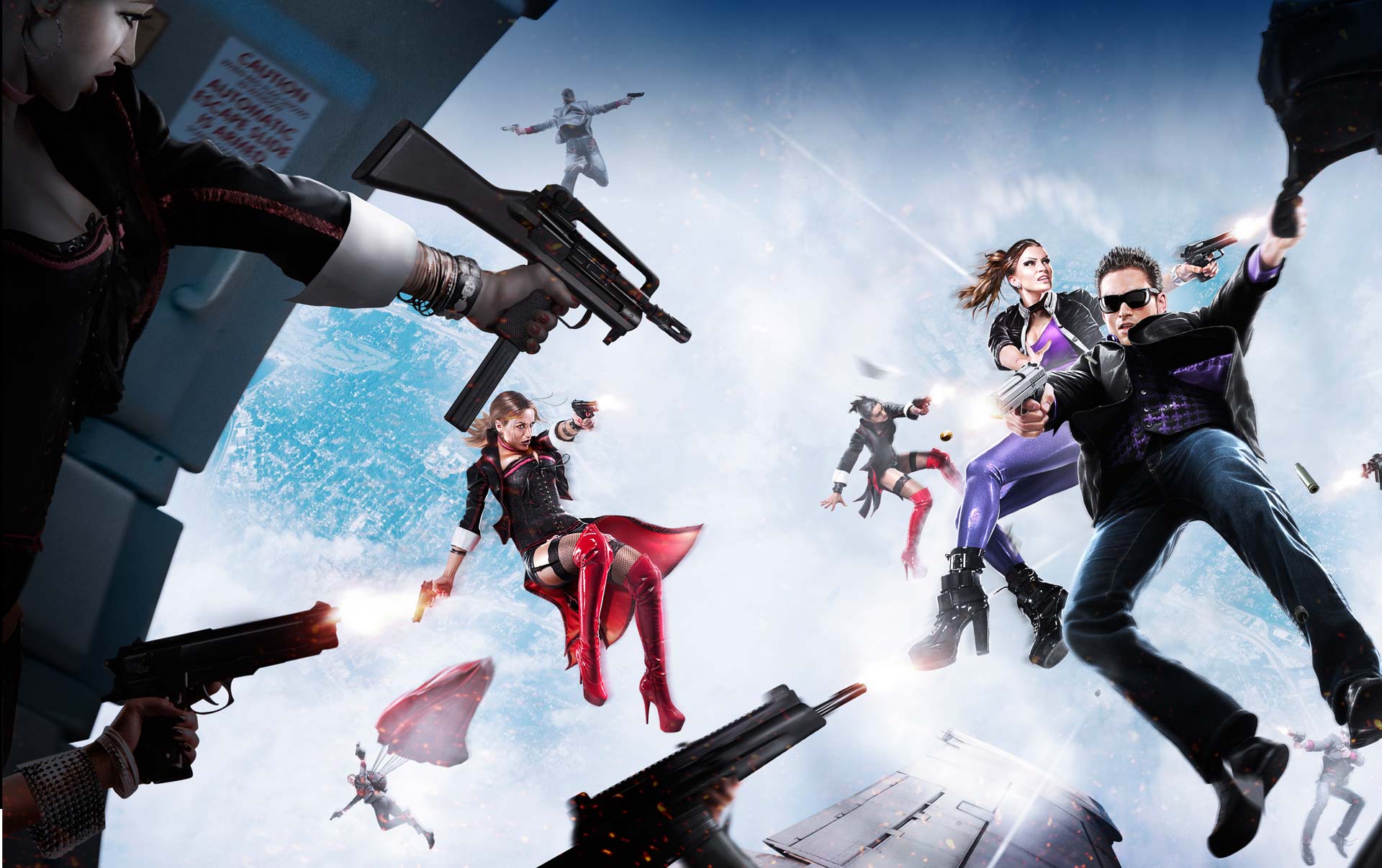
Yes, in Saints Row – The Third, there is apparently a mission entitled “Gangstas in Space.” Yup.
Multiplayer gaming may be a way of cashing in, not only for server costs but also on the idea that you’ll want to wear funny hats and shit while playing with your friends. You might wonder why I don’t go on about DLC and that’s mostly because overall, I don’t really have a problem with it. Yes, there are games that try to lock you out of content unless you bought it new or rip half the game away and put it on DLC, but I think that’s just a fad and will end soon, especially if you DON’T BUY THEM.
Widening the demographic, however…that especially frustrates me. But what does it mean? Well, here’s the deal. Right here is the crux of casual gaming. Why are games easier? Because of people that think games are too hard. Why are RPGs in everything? Because gamers like the idea of constantly building on something, which is also an addictive quality, even if you’re not really doing so to achieve any sort of real goal.
Why are many games bright and colorful? Actually, that’s a two part answer. One, people are getting sick of gray and brown. Seriously, enough of the war games. Two, it attracts all kinds of people to your games, especially women. Now, I’m not trying to speak negative on the female gamer audience, but this is true. My wife, who really isn’t a gamer, spends countless hours and monies on various online games that have nothing to do with goddamn anything because they’re cute and pretty, the goals are vague, and she can play with her friends.
We’ll get to more of what widening the demographic has done to hurt gaming in a bit. First, we’re going to concentrate on that “cute and pretty”…
Ohhhh Shiny
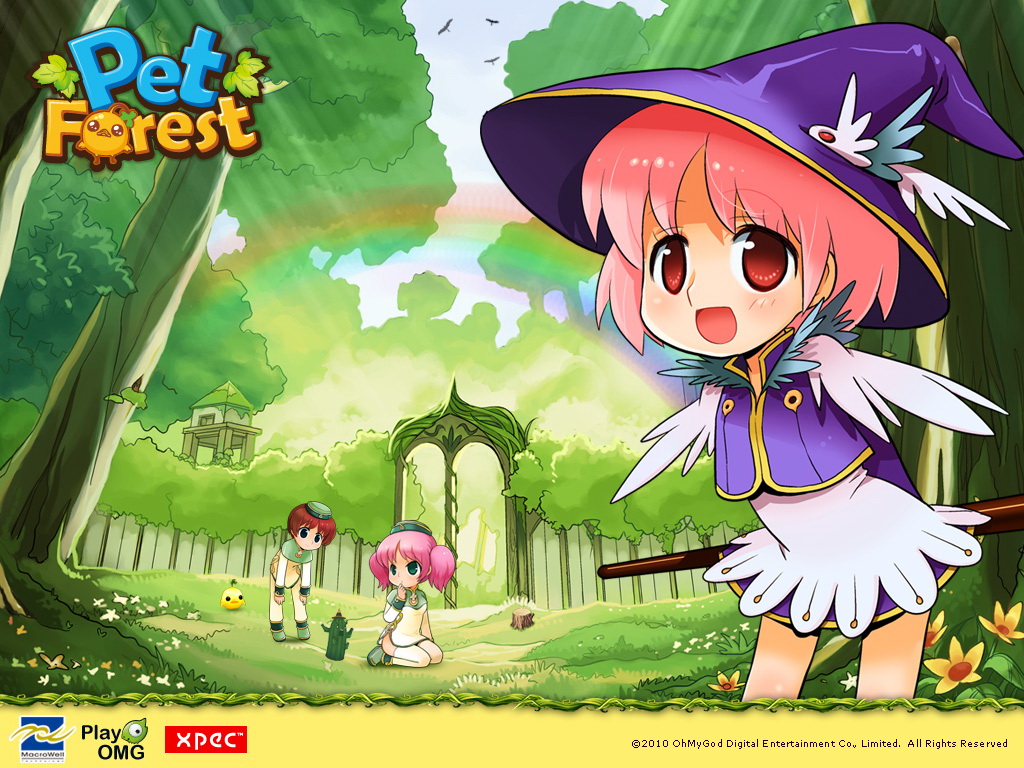
I have no idea what this is, but I bet my wife and/or sister-in-law play(s) it.
The original Final Fantasy was named as such because Squaresoft wasn’t doing so well in the 80s. It was meant to be their final game. Ironic, eh? In any case, Final Fantasy 13 was a culmination of oh so many wrong things…but at least it had pretty graphics and music, right? And there’s your problem. Final Fantasy 13, even had it not been named as such, still would’ve attracted people because of its graphics.
There are many games that have done this before, but this is especially common lately in gaming. I’ve had people try to tell me that X and Y games are incredible and they don’t understand why nobody wuvs them. When I go on to explain various technical issues, design flaws, plot holes, wonky controls, bad camera, and so on, they immediately and fervently defend the title super fanboy style…but usually only come up with the fact that it has good graphics.
Look, we all like good, interesting, and unique graphics. Same deal goes with music, but we all have different tastes there. I’m not saying good graphics are BAD, but I sometimes wonder if certain game studios only concentrate on the graphics, hype the game up with all kinds of promo vids of different cutscenes and stuff, then when the final product is out, well…it’s kind of a pile of shit.
Fable 3 is really the closest thing non-FF related I can think of. Production-wise, it’s the biggest Fable game period, but it’s not quite as good as Fable 2 in virtually every other respect. Actually, maybe that’s a bad example because it actually had a good story.
Not Popular Enough
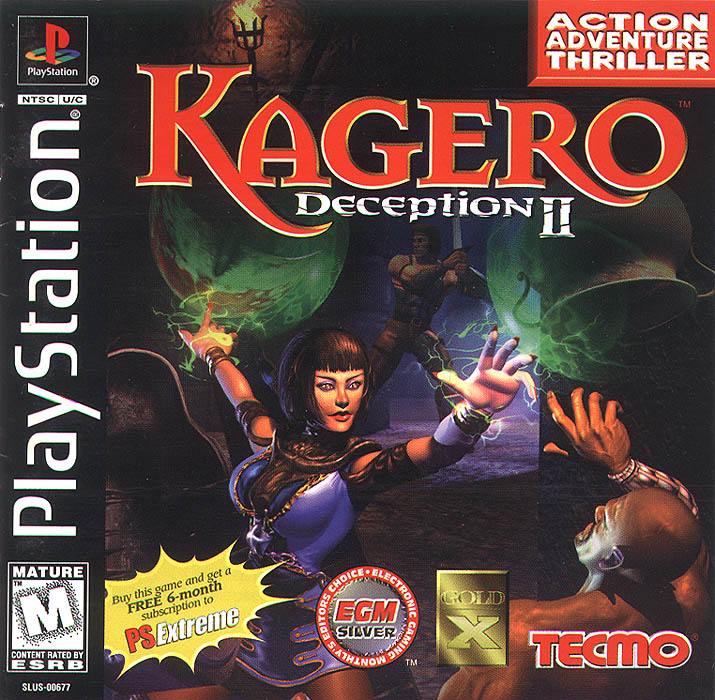
Great, now I feel more like a hipster than a videogame blogger.
This is where widening the demographic has killed certain game genres. But how is that possible? I mean, if we’re widening the demographic by throwing in as much stuff as possible, wouldn’t that expand the genre and make it better? Consider the old point and click adventure game. What was the last one you played? I mean, one that wasn’t a remake, of course.
The last one I played was Jolly Rover for Steam…and it was kind of a piece of shit. Before that it was probably the Back to the Future series from Telltale, which wasn’t bad, but could’ve been a lot better. So how about the last survival horror game? Well, the only one released from a major studio was Dead Space 2, but again, that’s more action than anything.
Anytime a survival horror game is released it’s more about the action than the fear factor. Alan Wake came close…VERY close…to what I would expect from a modern survival horror game, but sadly I don’t think anyone else as far as major developers would make something like that. From what I understand, even Silent Hill Downpour is all over the place, which is especially sad because I used to be a big Silent Hill fan.
Only The Finest In Indie
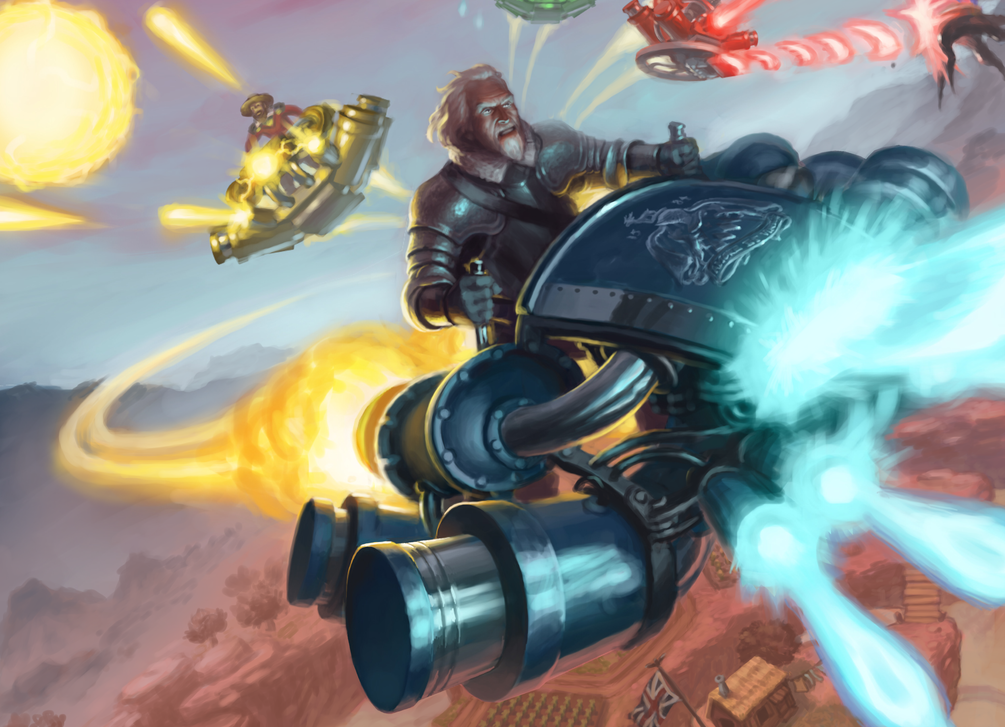
If you don’t know what this is, I feel bad for you.
Which brings us to the indie crowd. The two indie survival horror games I played recently were Lone Survivor and Amnesia. Actually, I could even throw Penumbra Overture in there if I wanted to. Indie developers are doing exactly what we want and most of the time exactly how we want it. Yeah, there are also a lot of what I call “art school projects that we pretend are videogames,” but for the most part they are in the business of making games…the way they used to be.
I’m not even trying to say that indie games are the lesser of two evils when comparing them to casual games. Casual games can be fun, but because of this style of marketing, it’s ruining the industry overall. Is it making games more addictive? Sure, but is that a good thing? See, the irony is indie games are usually cheaper, exactly what we want, and from small studios (or just a few individual people) that we would be more than happy to support.
That’s not to say that all indie games are good, but those that are deserve recognition because at least they’re attempting to focus their efforts on something that we don’t really see anymore. Legend of Grimrock, for example, is tough and frustrating at times…but I don’t complain because that’s exactly how Eye of the Beholder was and I think the game is better for it.
Sure, it’s strange trying to tell that to “tha youngins,” but for us oldschoolers, it couldn’t be better.
Conclusion

“Is it Tetris or Dr. Mario?” “Sigh…for the last time, grandpa, not everything’s-” “THEN IT AIN’T SHIT!” *pimp struts away*
At some point the major studios are going to need to wake up. We want our awesome endings. We want our awesome boss fights. We want our tough games. We want our single player games. We want the genres they’ve left behind. I’m not saying we shouldn’t move games forward, but I’m also not saying we should forget where we came from, especially in favor of a future that simply says “YOU WIN” every time you simply hit a button.



 June 5th, 2012
June 5th, 2012  gunsage
gunsage  Posted in
Posted in  Tags:
Tags:  Logging you in...
Logging you in... Loading IntenseDebate Comments...
Loading IntenseDebate Comments...

